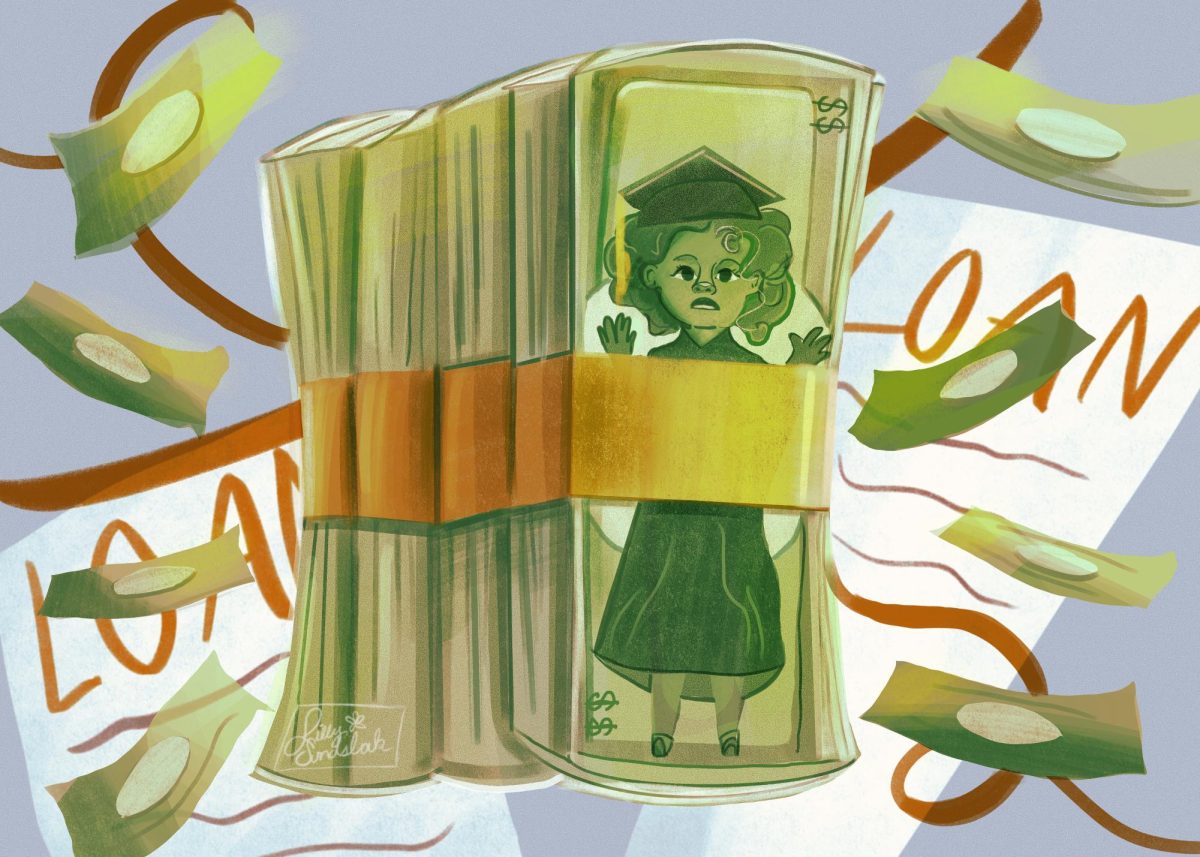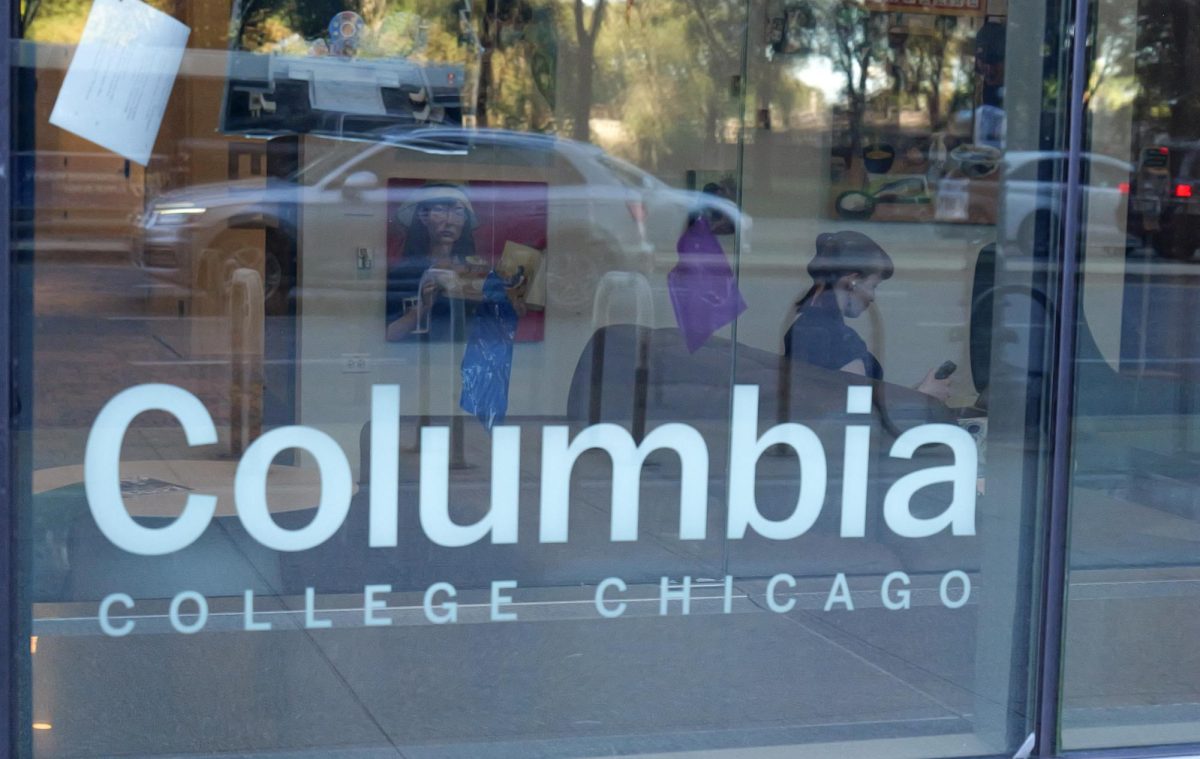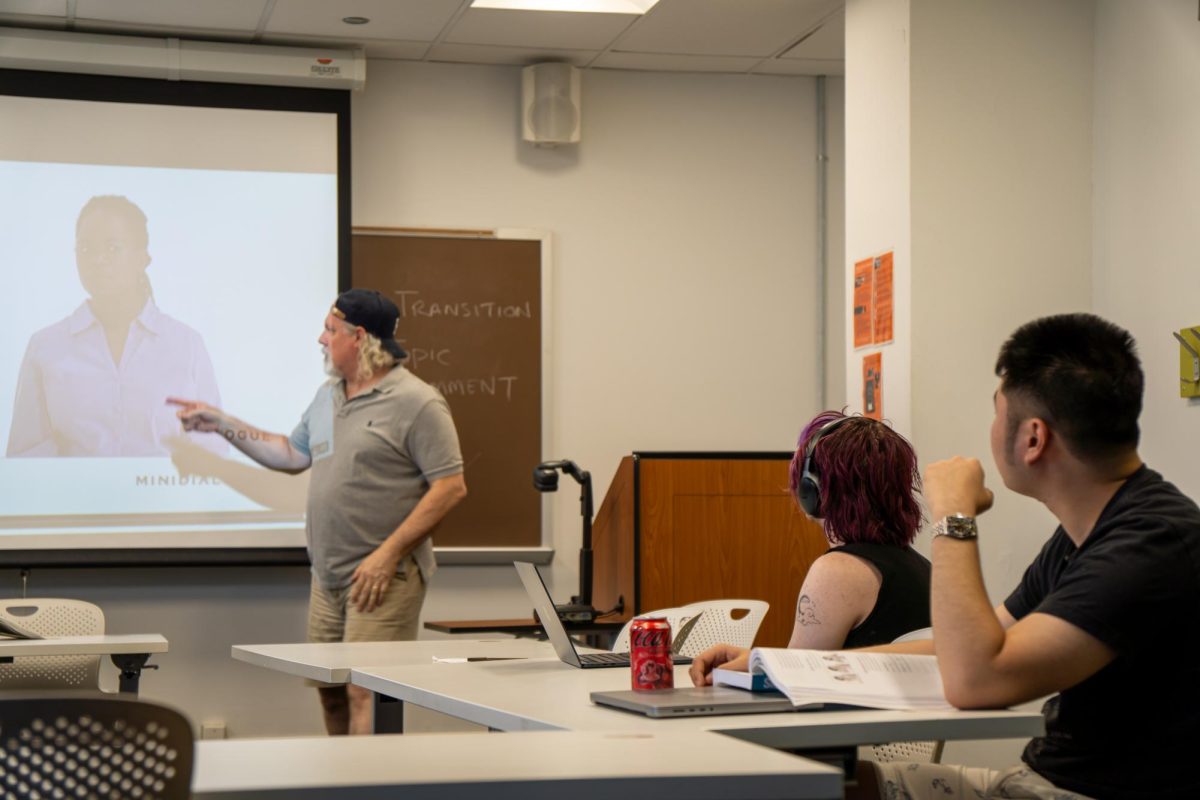President Donald Trump’s sweeping One Big Beautiful Bill Act, is set to reshape how Americans pay for college, capping federal student loan limits and forcing universities to tighten budgets as they brace for stricter accountability rules tied to federal funding.
Under the new law, federal student loan borrowing caps will drop by 25 percent for undergraduates starting in the 2026-27 academic year, with graduate students facing even steeper reductions.
The popular income-driven repayment plans that allowed borrowers to pay a percentage of their discretionary income toward their loans will be replaced by a two-track system: a traditional fixed payment plan and a more limited repayment assistance option for low-income borrowers.
For students, these changes mean fewer federal dollars available to cover tuition, living expenses and books, forcing many to seek alternative financing, increase work hours or consider lower-cost education options.
The Department of Education offered its first guidance on Friday, July 18 for how colleges and universities should apply the law. In the “dear colleague” letter, the department lays out the changes to repayment plans, loan limits and borrower protections and advises that more reforms are expected in the coming months.
The shift is expected to hit students from low- and middle-income households the hardest, raising concerns among college administrators and student advocacy groups about access to higher education and rising drop-out rates.
How student loans are affected:
Under the bill, borrowers would face just two paths: a standard plan with fixed monthly payments over 10 to 25 years, or a new Repayment Assistance Plan that pegs payments to a borrower’s income, charging between 1 percent and 10 percent of discretionary income.
Any remaining debt would be forgiven after 30 years.
Existing income-driven repayment plans, including SAVE, PAYE, IBR and ICR would be closed to new borrowers in 2026-27 and fully phased out by July 2028. Borrowers enrolled in those plans would need to transition to the new income-based system or the standard plan by July 2028.
Additionally, the bill eliminates interest subsidies for borrowers while they are in school or during deferment, meaning interest will accrue immediately once loans are disbursed.
This change could significantly increase the total repayment amount for students who previously relied on subsidized loans to reduce overall debt burdens.
The bill caps Parent PLUS loans at $20,000 per year, with a $65,000 lifetime limit per student, and parents who need to borrow more may have to seek state or private loans.
A legacy provision allows parents who borrowed Parent PLUS loans before July 1, 2026, to continue borrowing under current rules until the 2028-2029 academic year, after which the new caps will fully apply.
The Graduate PLUS loan program will be eliminated. However, graduate students can still borrow up to $20,500 annually in Direct Unsubsidized loans, with a similar legacy provision for those who borrowed before the cutoff date.
The legislation also sets stricter default consequences, allowing the Treasury to garnish wages or tax refunds more quickly for borrowers who fall behind on payments. Combined with reduced federal loan limits, these changes may leave many students needing to rely on private loans, which often carry higher interest rates and fewer protections.
A recent Supreme Court decision that cleared the way for the dismantling of the U.S. Department of Education has created even more uncertainty. Student loan servicing responsibilities are expected to be transferred to the Treasury Department and regulatory oversight potentially being shifted to individual states.
Without a centralized agency managing federal aid, students and colleges could face a patchwork system for loan disbursement, servicing and accountability.
What experts are saying:
Financing has enabled students from middle to low-income households to attend college. But as the cost of higher education rises, including here at Columbia College, so has the worry about debt.
The average student borrows over $30,000 to pursue a bachelor’s degree, according to the Education Data Initiative, which is primarily managed by the Department of Education.
For the upcoming school year, Columbia’s tuition is set at $35,732 for students starting in Fall 2025, and $33,886 for continuing students. This reflects the proposed tuition increase of 10% for new students and 5% for continuing students, as announced in an email from former Interim President and CEO Jerry Tarrer sent to students last November.
At Columbia, students are required to enroll in a minimum of six credit hours to qualify for the Federal Direct Loan Program.
The annual borrowing limit for students under Direct Subsidized and Unsubsidized Loans is determined by their classification in school and whether they are categorized as dependent or independent students.
Ginny Johnson, assistant vice president of Student Financial Services, said in an email to the Chronicle that most changes regarding how students and parents plan and pay for college will not take effect until 2026.
Although these changes will not immediately impact students next school year, Johnson encouraged students and families to begin planning.
“Undergraduate students are not expected to see any immediate changes to their federal aid, as loan limits and Pell Grant funding remain the same and are expected to continue unless future policy changes occur,” Johnson said. “However, it is still a good idea to explore a variety of funding sources, including scholarships, state grants and work study.”
Johnson added that parents who depend on Parent PLUS Loans should be aware of the new borrowing caps and start looking into other loan options if they anticipate needing additional funds.
She also recommended that graduate students reassess financial strategies and consider alternatives like scholarships, institutional aid, or private loans, while staying informed and consulting with their financial aid office to make sound decisions.
What students are saying:
Kaylynn Smiley, a sophomore film and television major, said she is dependent on other federal programs to attend Columbia — not just federal aid.
The legislation also includes cuts to programs such as SNAP and Medicaid as part of broader spending reductions.
“Student loans aren’t already available to every student,” Smiley said. “I had to apply to 30 different places to be approved for one loan, and even then, it wasn’t enough to cover school expenses.”
Smiley added that the new bill will make the process of getting a loan even harder, along with the new repayment process.
Sophomore film and television major Zech Hutchinson said he relies on FAFSA to attend Columbia.
Hutchinson hopes that he can “at least make it to junior year.”
Copy edited by Manuel Nocera and Brandon Anaya
Resumen En Espanol
“One Big Beautiful Bill Act,” la nueva ley aprobada por el Presidente Donald Trump, va a cambiar el estatus financiero de las universidades y sus estudiantes.
En la nueva ley, el límite de préstamos escolares se ha reducido por 25% para estudiantes de licenciatura. En comparación, la reducción es más para los estudiantes graduados.
Igualmente, el subsidio de interés va a ser eliminado, lo que significa es que empezaría a ser contado cuando se reciben los préstamos.
Anteriormente, los pagos de préstamos eran realizados basado en opciones como planes basados en ingresos. Ahora, las opciones van a ser un plan tradicional y un sistema más limitado de ayuda financiera.
Esto aumentaría la dificultad financiera, especialmente para estudiantes de medio y bajo ingresos.
Los estudiantes fueron avisados para planear sus opciones y buscar alternativas para ayuda financiera.
Estos cambios empezar en el año académico 2026-2027
Resumen Por Uriel Reyes
Resumen editado por Manuel Nocera















